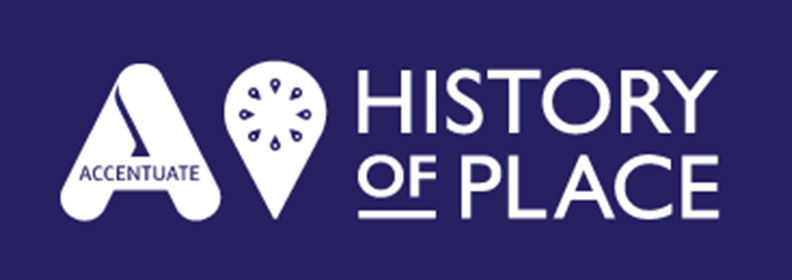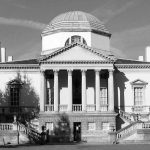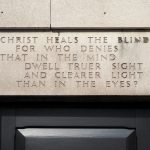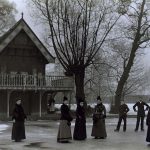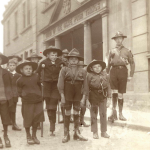We gathered at the Glenside Hospital Museum which is in the old hospital chapel and had time for a quick look around before our group lunch and formal oral history training.
It was fascinating to hear actual recordings of oral history and it demonstrated that they often turn up insights which… most probably would not be uncovered in any other way.
There was a dramatic recreation of the Hospital management board room. You could see the equipment for drilling holes in patients’ skulls and spend a relaxing few minutes in a padded cell.
There was also a very early teaching machine which I found very interesting as I had used one at WD and HO Wills in the late 1960s but this looked much earlier.
After lunch, Stella Man our Oral History instructor introduced herself. The principles were fairly straightforward, ask open questions to try and avoid yes / no answers, let the interviewee do most of the talking. She also gave us some tips from her wide experience, such as the time she removed a loudly ticking clock from the room before conducting an interview. Try to be alone with the interviewee so they can talk freely without interruption. Avoid extraneous noises.
It was fascinating to hear actual recordings of oral history and it demonstrated that they often turn up insights which are not only contrary to what one might expect but also most probably would not be uncovered in any other way. In one interview an earlier inmate of the mental hospital was asked was it very noisy in the hospital and she said most emphatically ‘no!’ it was very quiet.
It was good to have the opportunity to use equipment in practice interviews, to see and hear the results which had been recorded played back on a laptop computer.
One small room was like all my yesterdays of tape machines and video recorders, from professional U-matic to Betamax and mini cassette to reel to reel tape.
Bristol University have formed their own oral history group and kindly extended an invitation for Accentuate volunteers to join them on a visit to Bristol Record Office. There was a very interesting presentation by Museum and BRO staff followed by discussion and finally a tour of the back office.
Bristol Museums and Record Office have to have a full transcript of any oral histories deposited as well as the usual signed release form. Sound recordings should be .wav files and video .avi. Perhaps surprisingly to the novice, digital media are some of the hardest to conserve.
The back office tour soon revealed why, one small room was like all my yesterdays of tape machines and video recorders, from professional U-matic to Betamax and mini cassette to reel to reel tape.
It was very interesting to walk past some of the many miles of records stored in the back office of the archive. If you have any old equipment you no longer use the Record Office may be interested if only for spares as many of the machines are no longer made and there are still years worth of information that needs to be converted to the preferred formats.
It was very good to have the opportunity to make these visits only a week apart as it covered the cradle to grave life cycle of oral history, planning, recording in such a way that it can be used by museums in exhibits and is therefore valuable to conserve and the ongoing care of these recordings.
